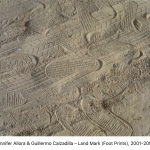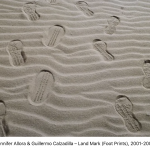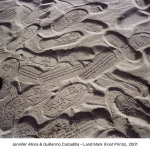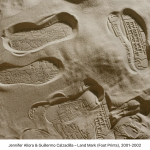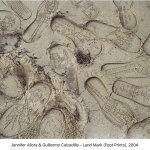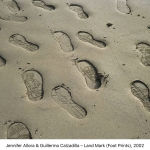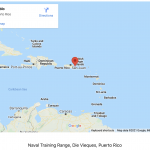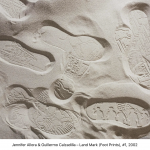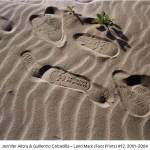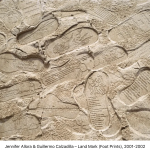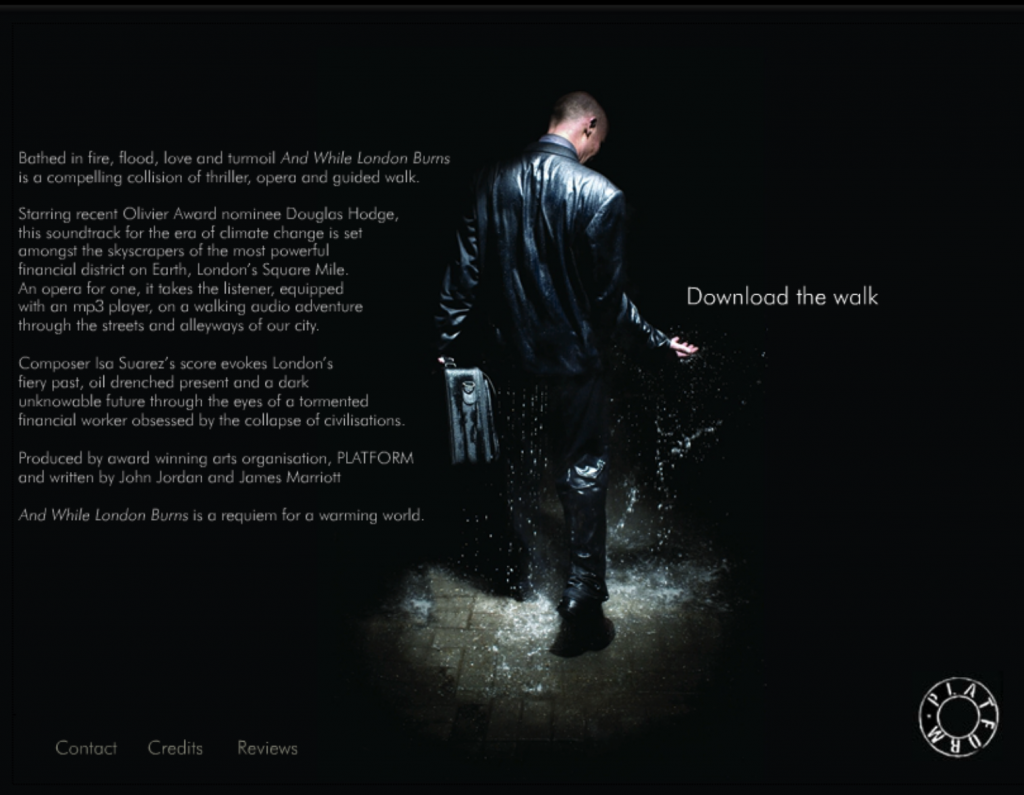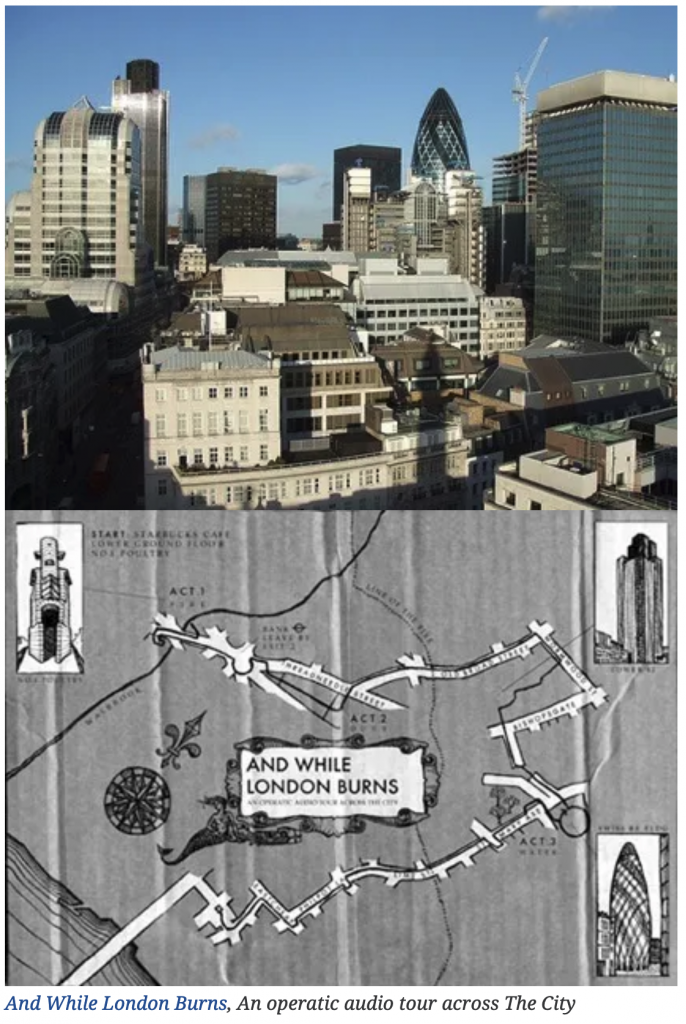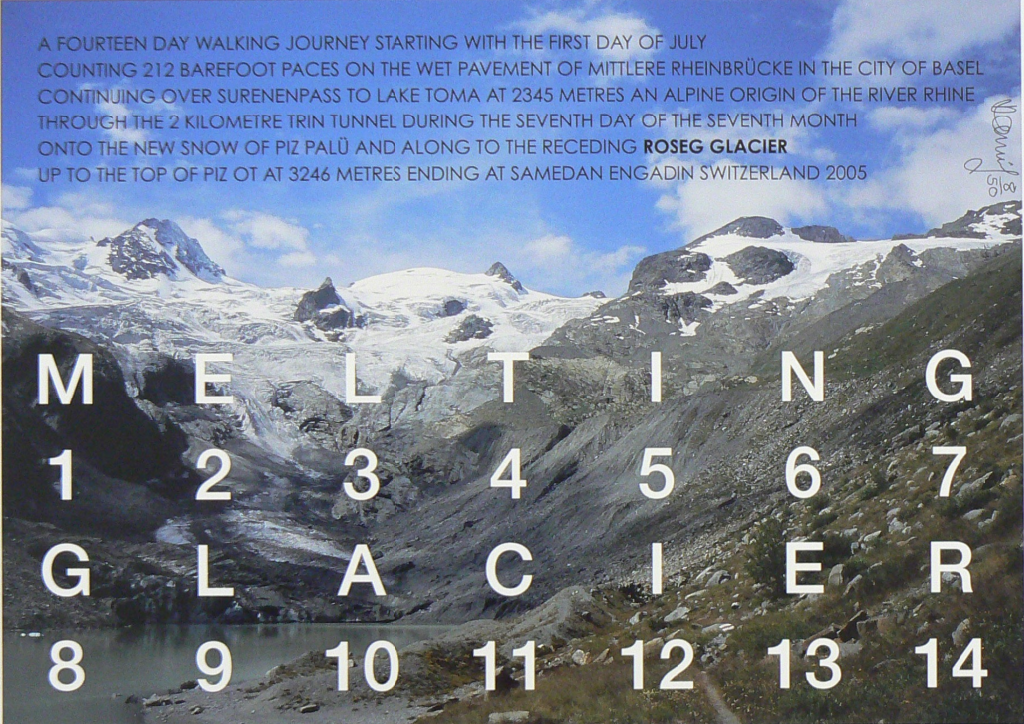The Land Mark series was a civil disobedience campaign. Over 2001 and 2002, Allora and Calzadilla, together with a group of activists, encroached into one of the United States Navy Bombing range in a beach of Vieques, Puerto Rico. The U.S. Military and NATO have used this location for various military exercises for more than 60 years.
The two artists collaborated with the resistance group to produce rubber shoes that came with distinct soles. The customized shoe soles were engraved with different messages and images that silently yet strappingly put forward the grievances, opinions, and demands of the protestors.
Even though the activists entered the realms of the bombing range illegally, their objective was to bring about their messages under the attention of the military staff employed in that particular military facility. Some of these memoranda were explicit, while the others subtly hinted at their claims. The primary objective, however, was to reclaim the disputed territory, thereby rendering the term landmark with a whole new meaning.
Land Mark discusses the discrimination and forceful acquiring of Vieques by the U.S. Navy, which was initiated during the Second World War and ended only in 2003. The military practiced bombing and secretly tested various technologies, including the hazardous napalm and radioactive shells on the island’s residents during 1969.
